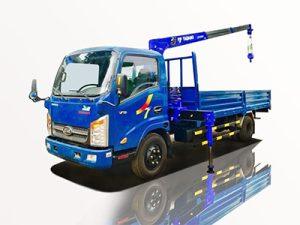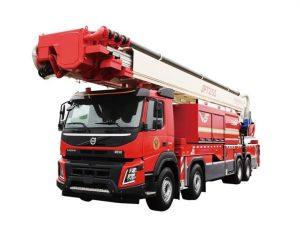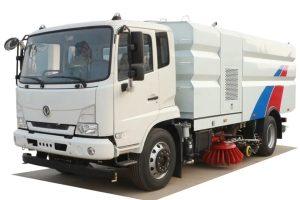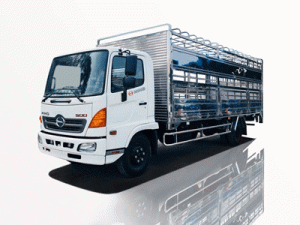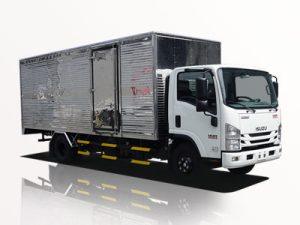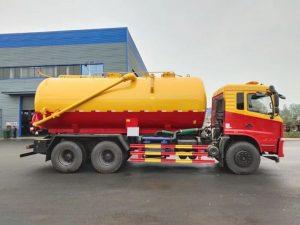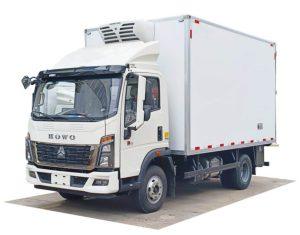Monday to Saturday - 8:00 -17:30
What is a Retarder? Understanding Its Purpose, Types, and Applications
Introduction
A retarder is a device or mechanism used primarily to slow down the speed of a vehicle or machine. This term can be found in various fields, including automotive, industrial, and electrical engineering. Understanding how retarders work, their types, and their practical applications is essential for those interested in vehicle safety, efficiency, and performance. In this article, we will explore the different types of retarders, their functions, advantages, and considerations for use. We will also delve into practical examples, tips for usage, and frequently asked questions to provide a well-rounded view on the topic.
1. Defining a Retarder
A retarder serves the primary purpose of reducing speed without relying solely on conventional braking systems. It is particularly effective in scenarios where consistent speed reduction is necessary. The mechanism can vary based on application, but the core principle remains the same: providing efficient deceleration to enhance safety and control.
1.1 Key Functions of a Retarder
- Deceleration of vehicles: Helps in controlling speed during downhill travel.
- Heat management: Reduces wear on traditional brake components by distributing heat more evenly.
- Improved safety: Offers an additional safety mechanism to prevent accidents due to brake failure.
2. Types of Retarders
Different types of retarders are available based on their operational mechanisms and applications. Here are the main categories:
2.1 Engine Braking (Compression Retarder)
Engine braking utilizes the engine’s compression to slow down the vehicle. When the driver downshifts, the engine’s RPM increases, creating a braking effect. This method is especially common in heavy-duty trucks and buses.
Advantages of Engine Braking
- Reduced brake wear: Less reliance on brake pads extends their lifespan.
- Energy efficiency: Uses the engine’s power rather than additional fuel.
2.2 Exhaust Retarders
Exhaust retarders work by restricting exhaust flow, creating backpressure that slows the engine. This method is efficient for larger vehicles and offers excellent performance on declines.
Examples of Exhaust Retarders
| Vehicle Type | Typical Use |
|---|---|
| Heavy Trucks | Long-distance travel on highways |
| Buses | Public transport routes with varied elevation |
2.3 Hydraulic Retarders
Hydraulic retarders use fluid dynamics to create resistance. They are often integrated into the drivetrain, providing smooth and controlled deceleration without excessive mechanical wear.
Advantages of Hydraulic Retarders
- Smooth performance: Offers consistent braking power irrespective of speed.
- Easier maintenance: Typically requires less maintenance compared to mechanical systems.
2.4 Electric Retarders
Electric retarders employ electromagnetic forces to generate resistance. While less common, they are emerging in electric and hybrid vehicles as a complementary braking system.
Benefits of Electric Retarders
- Effective in energy recovery: Can recharge battery systems during deceleration.
- Minimal mechanical wear: Reduces the need for frequent repairs or replacements.
3. Applications of Retarders
Retarders find applications across various fields and vehicle types. Understanding their practical uses can help in optimizing safety and performance.
3.1 Heavy-Duty Trucks
In heavy-duty trucking, retarders play a critical role in controlling speed on steep grades. They help prevent brake overheating and extend the lifespan of braking systems. This functionality is vital for long-haul routes that involve hills and valleys.
3.2 Buses and Public Transport
Buses often operate on routes with different elevations, making retarders essential for passenger safety and comfort. They help maintain a steady speed, even in challenging terrains.
3.3 Emergency Vehicles
Retarders are used in emergency vehicles to ensure they can navigate city environments efficiently. Quick speed reduction is crucial when responding to emergencies, where brakes must be reliable and effective.
4. How to Choose the Right Retarder
Choosing the right retarder is essential for ensuring optimal performance. Here are some factors to consider:
4.1 Vehicle Type and Weight
Understanding the type of vehicle you drive and its weight is crucial. Heavy vehicles may require more robust retarders, such as hydraulic or exhaust types, while lighter vehicles might only need engine braking.
4.2 Terrain and Driving Conditions
The typical driving environment plays a significant role in selecting a retarder. For challenging terrains with steep slopes, a more powerful retarder is recommended.
4.3 Maintenance and Operating Costs
Evaluating the maintenance requirements and overall operating costs is vital. Some retarders, like hydraulic systems, often require less frequent servicing compared to traditional brakes.
5. Practical Tips for Using Retarders
To ensure effective use of retarders, consider the following practical tips:
5.1 Train for Proper Usage
Operators should undergo training to understand how and when to use retarders. This helps maximize their benefits and prevent incorrect application that could lead to accidents.
5.2 Regular Maintenance Checks
Keep an eye on the retarder system’s condition. Regular maintenance checks can help detect any issues early, ensuring the device functions optimally when needed.
5.3 Integrate with Other Braking Systems
Utilizing retarders in conjunction with traditional brake systems can dramatically improve overall braking efficiency. Ensuring that the systems work in harmony will enhance both safety and performance.
6. Challenges Associated with Retarders
While retarders offer a plethora of benefits, some challenges may arise during their use.
6.1 Over-Reliance on Retarders
Drivers may over-rely on retarders, thinking they can replace traditional brakes entirely. This mindset can be dangerous and may lead to brake failure if not used properly.
6.2 Heat Generation
Some retarders, particularly hydraulic types, can generate significant heat. Proper design and integration into the vehicle framework are crucial to mitigate overheating issues.
7. Future Trends in Retarder Technology
The continuous evolution of vehicle technology influences the development of retarders. Here are some trends to watch:
7.1 Electrification
A growing number of electric vehicles are being developed with advanced retarder systems. These vehicles often utilize regenerative braking technologies that incorporate retarding functions.
7.2 Smart Braking Systems
Integration of AI and smart technologies could lead to more sophisticated retarder systems that adapt to driving conditions in real-time.
8. Frequently Asked Questions (FAQ)
8.1 What is the primary function of a retarder?
The primary function of a retarder is to slow down a vehicle or machine without relying solely on traditional brakes, providing effective deceleration and enhanced safety.
8.2 Can retarder systems replace traditional brakes?
No, while retarders improve braking performance, they should not fully replace traditional brake systems. They are best used in conjunction with them for optimal safety.
8.3 Are there any maintenance requirements for retarders?
Yes, retarders need regular maintenance checks to ensure proper functionality. The frequency and type of maintenance depend on the specific retarder system in use.
8.4 What is the best type of retarder for heavy-duty trucks?
For heavy-duty trucks, hydraulic and exhaust retarders are commonly preferred due to their effectiveness in managing speed on steep grades and long hauls.
8.5 How does engine braking differ from hydraulic braking?
Engine braking utilizes the engine’s compression to slow down the vehicle, while hydraulic braking uses fluid dynamics to resist motion. Each system has unique advantages and applications.
8.6 Can electric vehicles benefit from retarder technologies?
Yes, electric vehicles can integrate retarder technologies, such as regenerative braking systems, which help slow the vehicle while also recharging the battery.


